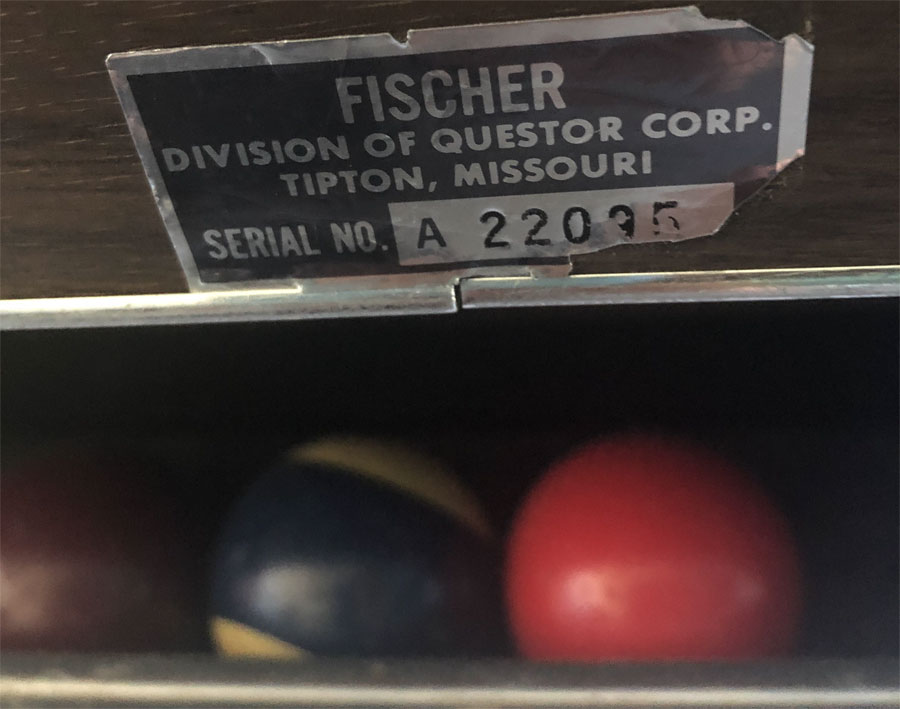
In particular, the development of next-generation sequencing (NGS) technology and improved bioinformatic tools have significantly advanced this methodology ( 4). Sequence-based approaches allow the identification of candidate genes. Moreover, MgtB exhibited high activity on larger flavonoid molecules such as tiliroside.įor more than a decade, metagenome research has demonstrated that it is a powerful tool for the discovery of novel biocatalysts and other valuable biomolecules by using either function- or sequence-based screening technologies ( 1– 3). Recombinant MgtB transferred the sugar residue from UDP-glucose effectively to flavones, flavonols, isoflavones, and flavanones. The deduced amino acid sequence was highly similar to sequences of MGTs from Bacillus thuringiensis.

From the control library we identified a novel macroside glycosyltransferase (MGT) with a calculated molecular mass of 46 kDa. GtfC mediated the transfer of different hexose moieties and exhibited high activities on flavones, flavonols, flavanones, and stilbenes and also accepted isoflavones and chalcones. The metagenome-derived gtfC gene encoded a 52-kDa protein, and the deduced amino acid sequence was weakly similar to sequences of putative UGTs from Fibrisoma and Dyadobacter. Thereby we identified two novel UDP glycosyltransferase (UGT) genes.

This novel technology was validated against a control library of 1,920 fosmid clones generated from a single Bacillus cereus isolate and then used to analyze more than 38,000 clones derived from two different metagenomic preparations. The developed screening method is highly sensitive, and an amount of 4 ng of modified flavonoid molecules can be detected.

This metagenome extract thin-layer chromatography analysis (META) allows the rapid detection of glycosyltransferase (GT) and also other flavonoid-modifying activities. For the discovery of flavonoid-modifying enzymes in genome and metagenome clone libraries, we have developed a new screening system based on high-performance thin-layer chromatography (HPTLC).

The functional detection of novel enzymes other than hydrolases from metagenomes is limited since only a very few reliable screening procedures are available that allow the rapid screening of large clone libraries.


 0 kommentar(er)
0 kommentar(er)
